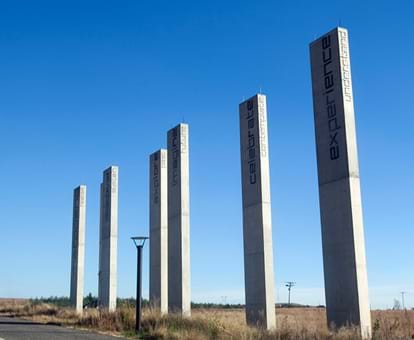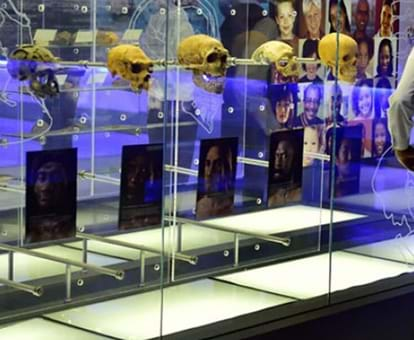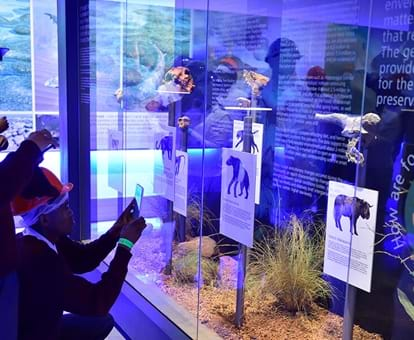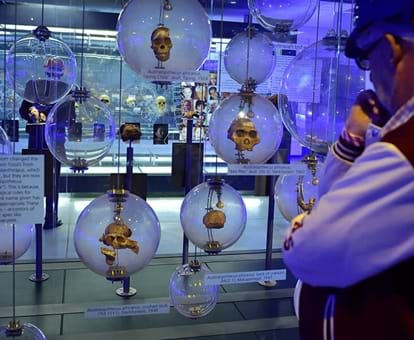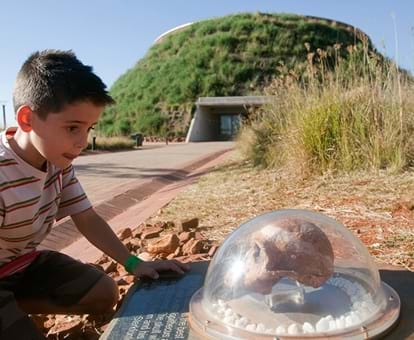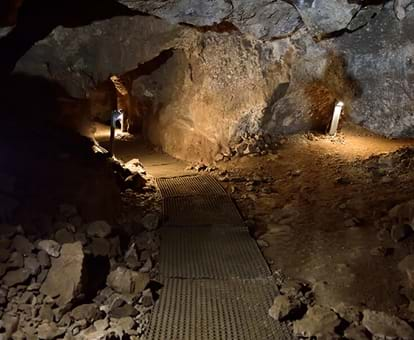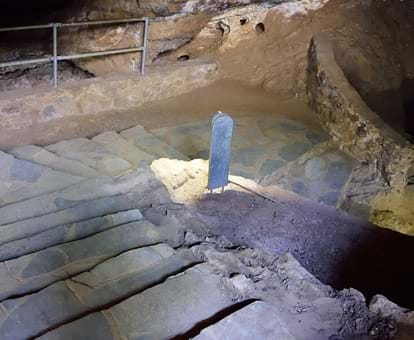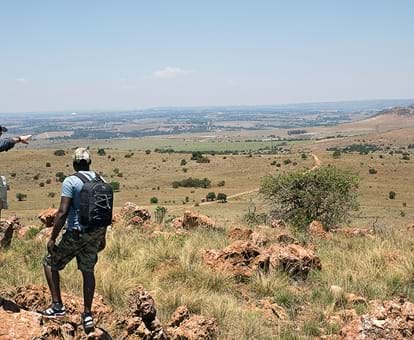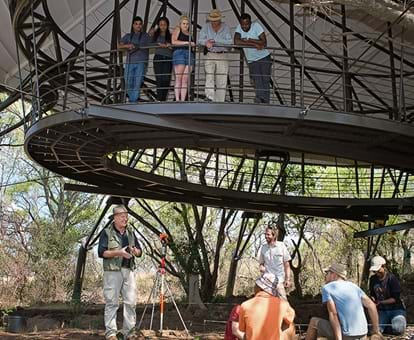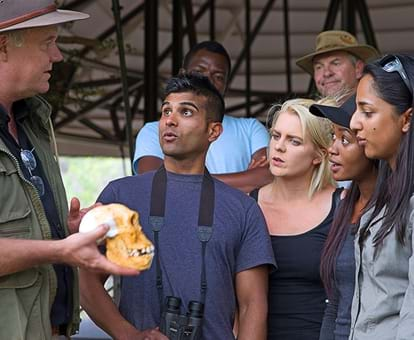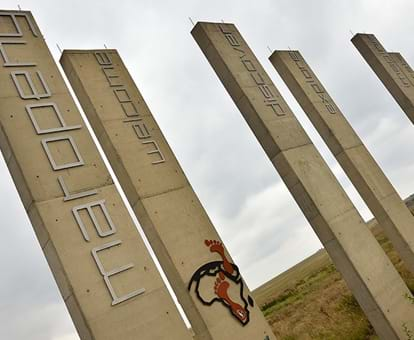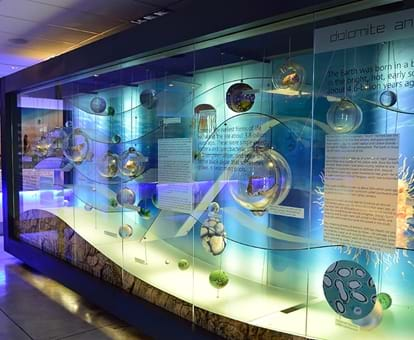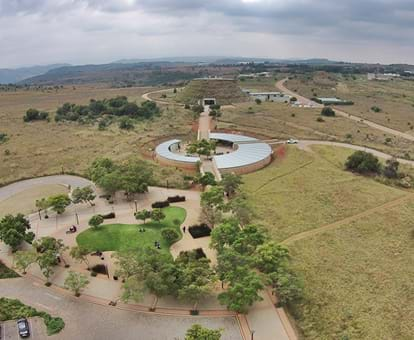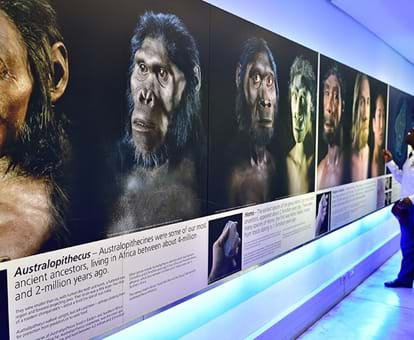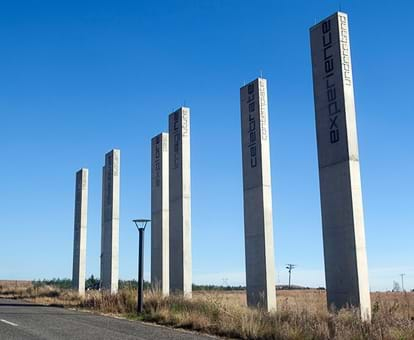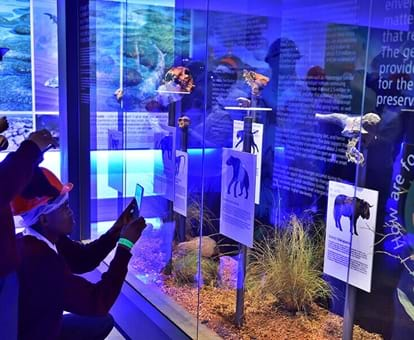By creating an account, I agree to the
Terms of service and Privacy policy
Choose your country and language:
Africa
Americas
Asia Pacific
Europe
HHave you ever wondered where we, human beings, came from? What led to this evolutionary revolution on Planet Earth? All of the answers can be found in one place: the Cradle of Humankind.
The Cradle of Humankind is one of eight World Heritage Sites in South Africa. Here the landscape is dotted with subterranean limestone caves that have turned up a rich fossil record for human evolutionary studies. These findings have led to the “Out of Africa” theory, estimating that most human ancestors originated from one general spot…Africa.
The Cradle of Humankind World Heritage Site lies about 50km north-west of Johannesburg, an area of rolling grassland, rocky outcrops and river courses typical of this land before it was overtaken by urban sprawl.
It’s here where you get to see history in the flesh, or should we say bone. Tens of thousands of visitors from across the world come here to see first-hand the fossil record that lies in the network of limestone caves beneath the surface.

EExplore the Sterkfontein Caves, Swartkrans and Kromdraai, among other fossil sites, and discover the story of what the world was like when our human ancestors were evolving some two to three million years ago.
AAt the Sterkfontein Caves alone, the remains of more than 500 Hominids (the Hominid Family includes modern-day humans and their direct ancestors) have been uncovered. This not only led to the area being declared a World Heritage Site in 1999 but has also helped to prove the “Out of Africa” theory, which is that humans and their ancestors evolved in Africa and then spread out to the rest of the world over time.
Fossils were first unearthed here in the 1890s when the caves were blasted open for lime needed for the extraction of gold that was discovered on the Witwatersrand in 1886.
But it was only from the 1930s that serious scientific work started to take place.
One of the first major discoveries here was that of “Mrs Ples”, a pre-human skull dating back more than two million years (Australopithecus Africanus), which was unearthed by Professor Robert Broom and his assistant, John Robinson, in 1947.
Cradle of Humankind, Gauteng
TThe skull was originally classified as Plesianthropus Transvaalensis (hence the name) and was an adult version of the same species as the Taung Child – a fossilised skull of a child about three years old, which was found at the Taung limeworks in what is now the North West province, and identified by Professor Raymond Dart in 1924.
Although smaller than us, Australopithecus Africanus is regarded as one of our early ancestors because it walked upright. In 1997, a complete hominid skeleton called “Little Foot”, also found in the Sterkfontein Caves, was introduced to the world and is still in the process of being described.
In 2005, two more areas of significance were added to this World Heritage Site, bringing the number of official fossil sites in the Cradle of Humankind to 13. These were Makapan (in Limpopo) and Taung (in the North West province).
Together all these areas are now known as the Fossil Hominid Sites of Sterkfontein, Swartkrans, Kromdraai and Environs, recognised by UNESCO for their significance in human evolutionary studies.
IIf you are at all interested in discovering your ancient history as a human being then you'll find a small but good exhibition centre at the Sterkfontein Caves and a much larger, more interactive one at Maropeng.
Aside from a visit to the Sterkfontein Caves and Maropeng, the official visitor centre of the Cradle of Humankind, or “the Cradle” as it is locally known, is also a playground for the people of Gauteng, with a range of facilities and activities, including loads of accommodation choices, restaurants, coffee shops, conference centres, cycle tracks, horse trails and hot air ballooning.
Related article

